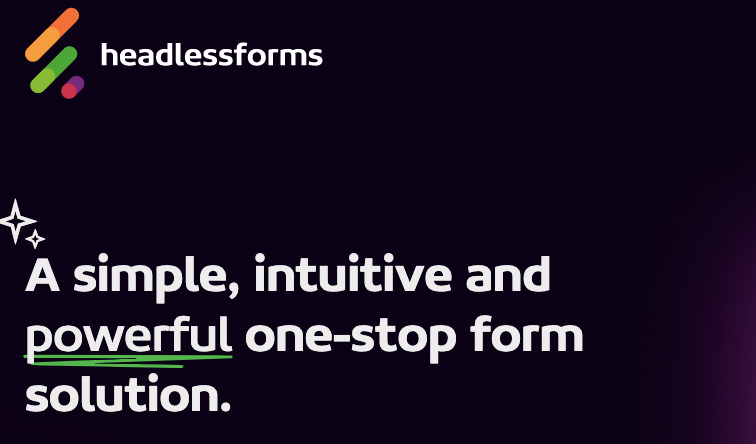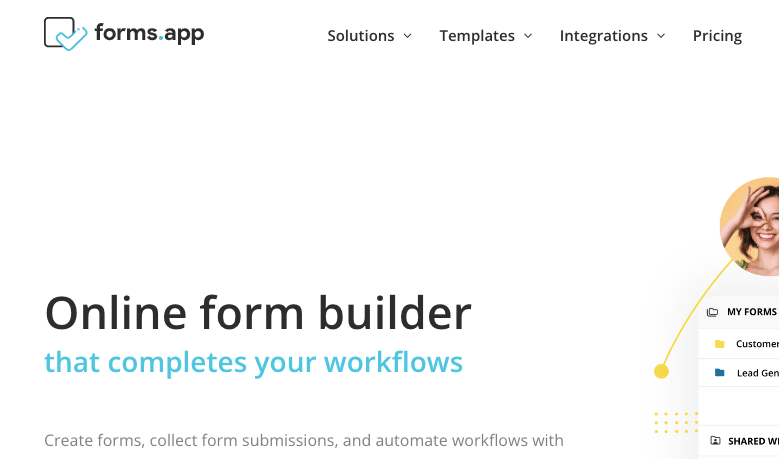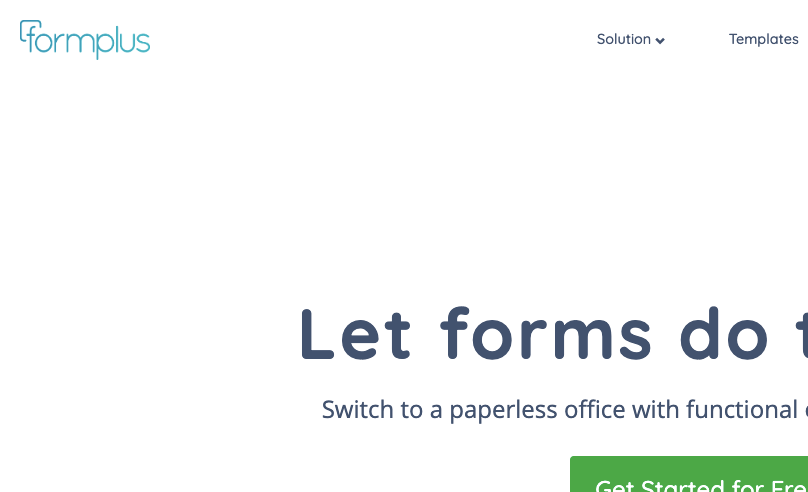The Internet and computers serve as our small assistants for daily tasks. It makes no difference if you own a small business or you are a freelancer searching for work.
Web forms are the most important tool you should employ to benefit your organization. Additionally, anyone may create a website contact form for their business because it is so simple to do.
What is a contact form?
An excellent way to convert site visitors into paying clients is through a contact form. You just have a few seconds once a person clicks on your website to grab their attention.
Using a free contact form is essential if you want to keep them interested and ensure that their requests or orders get to you.
The benefits of having a contact form
Using a web form can undoubtedly assist you, from increasing your consumer base to enhancing your customer service.
- A contact form is a useful tool for increasing leads for your company and expanding your email list;
- It gives clients an easy way to get in touch with you and ask questions;
- It enhances your website’s overall user experience;
- It facilitates consumer communication with you.
How to Build Web Forms without Coding?
You may create a contact form without knowing any code using a variety of Internet resources in just 5 easy steps. Let’s examine a few of them:
1. Headlessforms

Step 1: If you don’t already have an account, go to the headlessforms page and create one. Here you can begin creating your form. It can be created from the dashboard once you have access to it;
Step 2: Since headlessforms inherit your website’s CSS, they will precisely complement the design of your website and have a distinctive look;
Step 3: Create excellent HTML forms in a matter of minutes. Simply include your unique Headlessforms Endpoint in the static form’s action to begin data collection. Use them everywhere;
Step 4: The following step is to include the necessary questions in the appropriate areas. Select any type of input field, then use the backend of the headless form to handle it;
Step 5: You can share your form with others by posting it on your website and providing a web URL.
2. Forms.app

Step 1: Log into your account on the forms.app. There, you may choose the ideal template for a contact form;
Step 2: Create the conditions and inquiries;
Step 3: The design and layout of your form can be modified;
Step 4: Put your web form into your website code;
Step 5: Make sure your online form is functioning properly by checking it.
3. Formplus

Step 1: You may select one of up to 10 form themes for your online form in the customized part of the sidebar, in keeping with your brand’s aesthetic guidelines;
Step 2: Additionally, you may alter the form’s typeface by selecting one of the many Google font variations offered in the customization area;
Step 3: Before sharing, add chosen backdrop photos to your online form. These might be any kind of photograph, such as a lovely photo of your staff at a business event or annual meeting. If you’d like, you may also use picture fields on forms;
Step 4: You may include the logo of your company on your online form to give it a more polished appearance. This assists you in promoting your organization’s visual identity and familiarizing your audience with it;
Step 5: You may opt to automatically align your form layout to the left, right, or center, depending on your preference. The width and height of the form dimensions are also modifiable.
Tips for creating better contact forms
When creating your contact form, keep in mind these suggestions for the best outcome:
tip 1: Ask fewer questions
The attention span of a typical person is relatively short, which is a well-known fact. You just have a few seconds to engage your audience.
They ought to be able to see the questions and carefully study them before making a choice. So it makes sense to ask as few inquiries as possible.
Inquire about the visitors’ names, phone numbers, email addresses, and reasons for coming.
Besides, not everyone may wish you to have access to their phone number. Making that field optional is therefore a good idea.
tip 2: Set conditions
One of the useful components of the forms app is the conditions feature. Going through the relevant facts quickly and concisely is beneficial.
Have you ever collaborated with us, for instance? And due to the condition you established, if they respond in the affirmative, the query “what is your customer ID” can appear.
Knowing more about your customer will enable you to approach them with greater assurance.
tip 3: Keep notifications on
In many industries there is fierce competition in the market. In addition, you should constantly be concerned about retaining any current consumers while also converting your visitors into paying clients.
For this reason it is vital to enable alerts. Always be on the lookout for fresh ideas.
Conclusion
There are several plugin solutions available if you want to utilize a contact form but don’t want to code one, such as Pirate Forms, Ninja Forms, Contact Form 7, and WordPress’s Jetpack.
Many of these plugins offer simple modification options and may be easily integrated into any design.
In a crowded market, robust online forms are essential. Since your business’s rivals provide products and services that are comparable to yours, it is up to you to stand out. And the details are what make something stand out from the competition.
Like This Post? Checkout More
